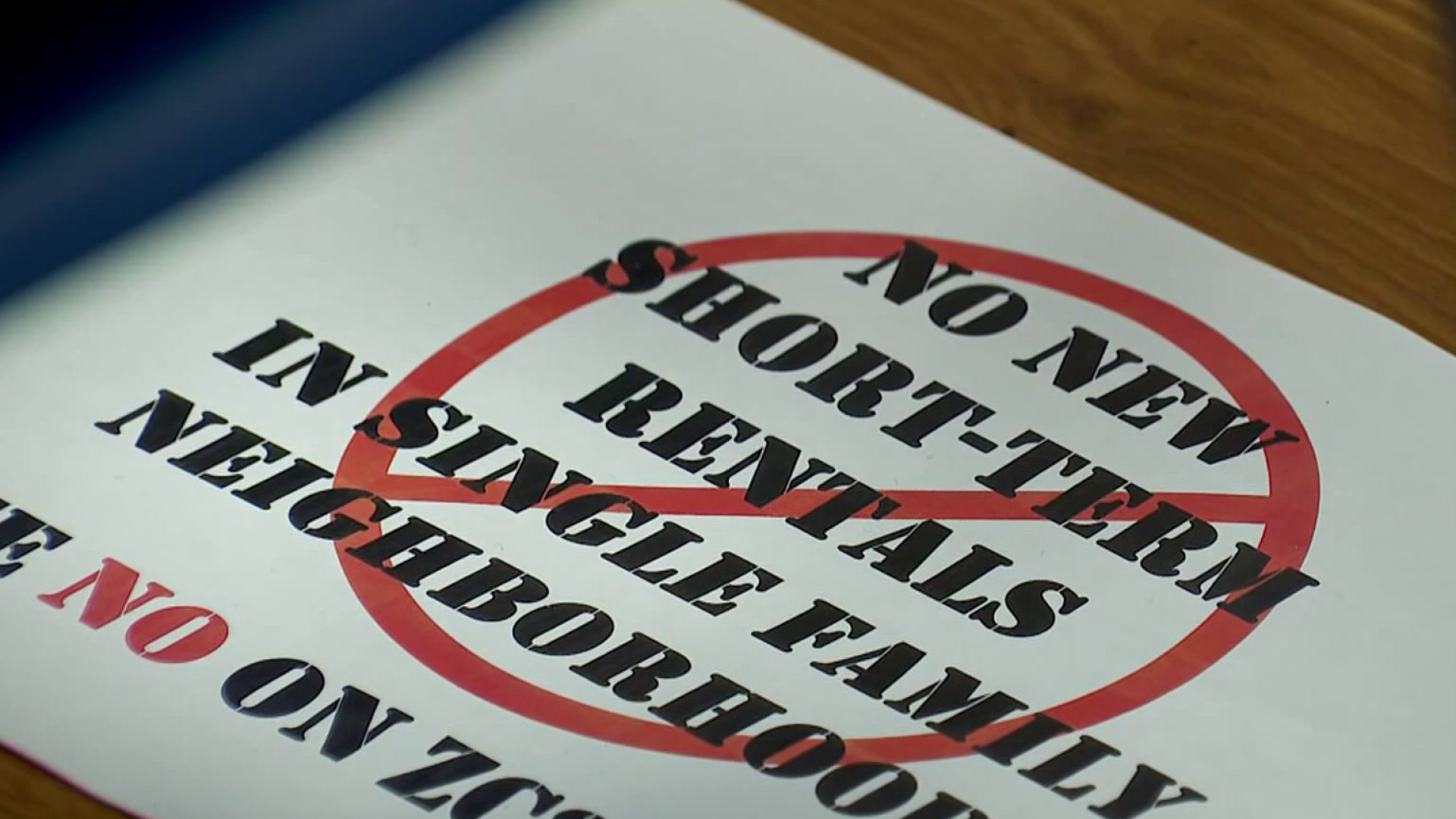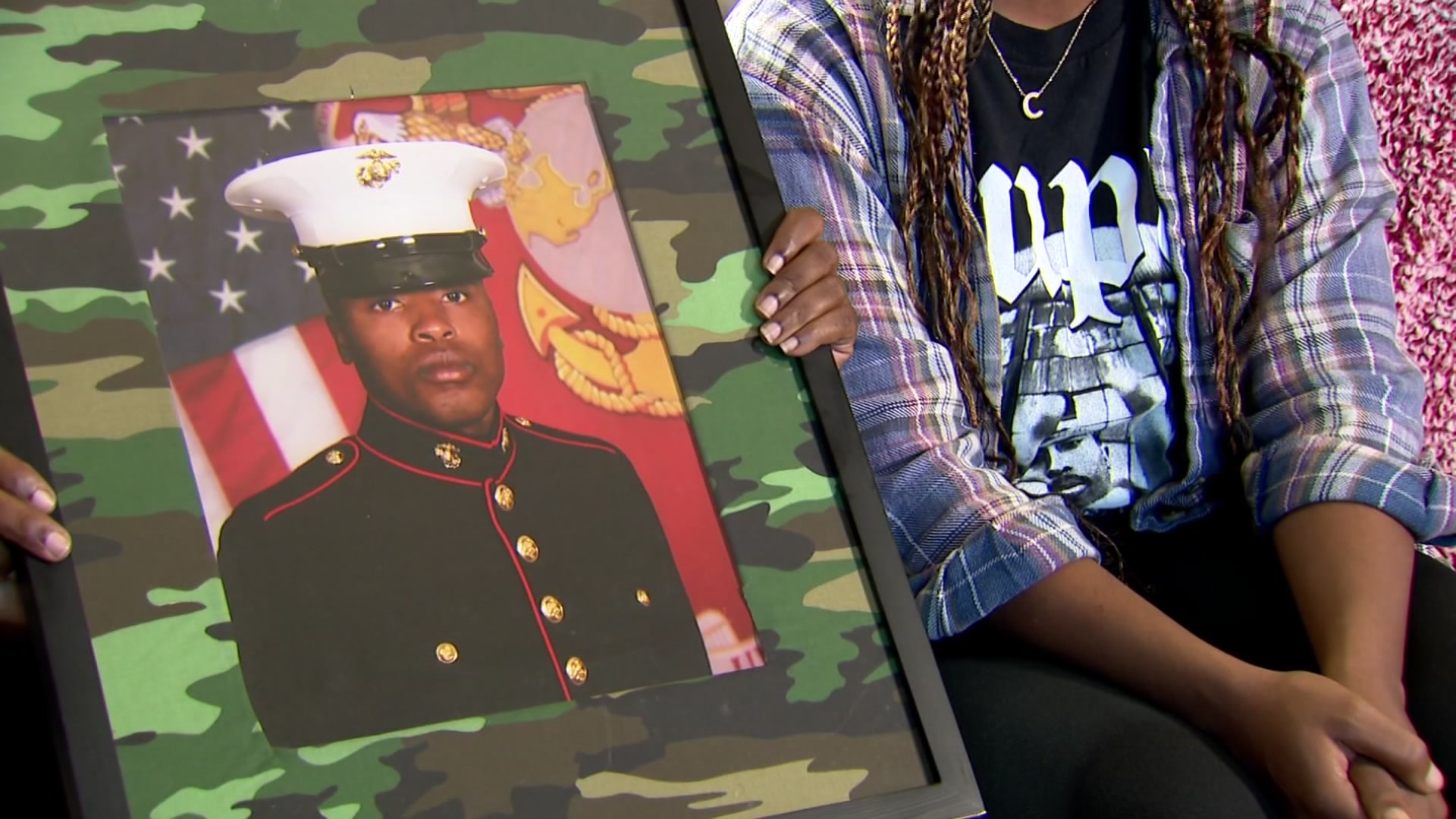Cities in North Texas prepared for freezing temperatures Tuesday.
MedStar in Tarrant County implemented its cold weather response protocol once the "real feel" temperature dipped below 25 degrees.
Under this protocol, response priorities are upgraded to patients in an outdoor area, unprotected from the cold.
MedStar encouraged North Texas residents to protect themselves against health problems caused by exposure to the cold by following these guidelines:
Lower Your Risk of Frostbite and Hypothermia
When exposed to cold temperatures, the human body begins to lose heat faster than it can be produced. Follow the advice below to avoid cold-weather health problems such as frostbite and hypothermia:
- Wear cold weather appropriate clothing such as gloves/mittens, hats, scarves and snow boots. Dress in several layers of loose-fitting clothing, and cover your face and mouth if possible.
- Be aware of the wind chill factor. Wind can cause body-heat loss.
- Stay dry, and if you become wet, remove wet clothing immediately.
- Limit your time outdoors.
- Do not ignore shivering. It's an important first sign that the body is losing heat. Persistent shivering is a signal to return indoors.
Signs and Symptoms of Hypothermia
Hypothermia symptoms for adults include:
- Shivering, which may stop as hypothermia progresses (shivering is actually a good sign that a person's heat regulation systems are still active.)
- Slow, shallow breathing
- Confusion and memory loss
- Drowsiness or exhaustion
- Slurred or mumbled speech
- Loss of coordination, fumbling hands, stumbling steps
- A slow, weak pulse
- In severe hypothermia, a person may be unconscious without obvious signs of breathing or a pulse.
Avoid Exertion
Cold weather puts an extra strain on the heart. If you have heart disease or high blood pressure, follow your doctor’s advice about performing other hard work in the cold. Otherwise, if you have to do heavy outdoor chores dress warmly and work slowly. Remember, your body is already working hard just to stay warm, so don’t overdo it.
Reduce Risk of Cold Temperature Injuries
People are at risk for developing health problems from working in cold environments.
- Ensure that clothing and boots have adequate insulation.
- Dress in layers to help keep in body heat.
- Take frequent breaks out of the cold.
Avoid Carbon Monoxide
Carbon monoxide is an odorless, colorless gas that is poisonous to breathe. Operate all gasoline-powered devices, such as gas powered heaters outdoors and never bring them indoors. Also be careful when using other alternate heating sources such as stoves or grills. This will help to ensure your safety from carbon monoxide poisoning.
Local
The latest news from around North Texas.
Check Often on Elderly or Chronically Ill Loved Ones
The elderly or people with chronic illnesses may be at risk for Hypothermia after prolonged exposure to even mildly cool temperatures. Check on older friends or relatives often during cold spells to be sure they are acting normally.
According to the city of Dallas, the Kay Bailey Hutchinson Convention Center will be used as a shelter for the homeless if other shelters reach capacity.
The shelter will open at 5:30 p.m. on Monday and Tuesday and will close at 7:30 a.m. on Tuesday and Wednesday mornings. If temperatures remain below 36 degrees, the shelter could stay open through Thursday.
The city of Dallas Office of Homeless Solutions is working to collect coats, blankets, socks, scarves and hats for the homeless before the freeze. Items can be delivered to Austin Street Center, The Bridge, Family Gateway, Our Calling, The Salvation Army - Carr P. Collins Center, Union Gospel Mission and First Presbyterian Church of Dallas.
Dallas City Council member Cara Mendelsohn said in a tweet that the city of Dallas is committed to keeping residents safe during severe weather events.
Oak Lawn United Methodist Church will also be open to provide shelter for the homeless on Monday and Tuesday. The church is asking the public to help serve meals and donate necessary items to help the homeless during the freeze.



